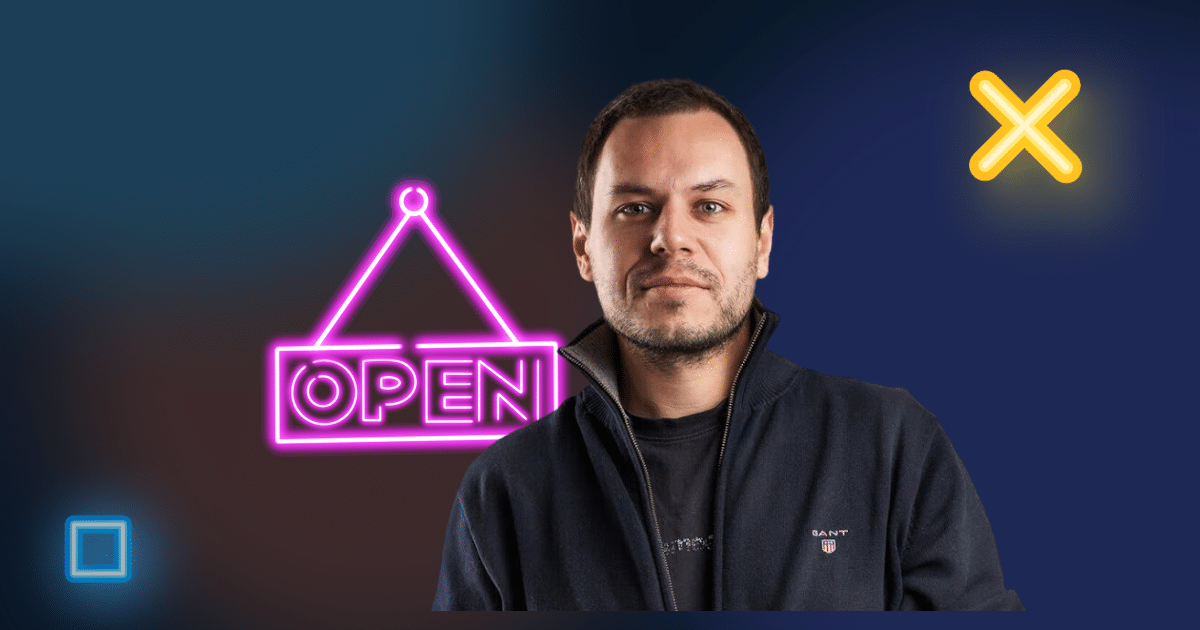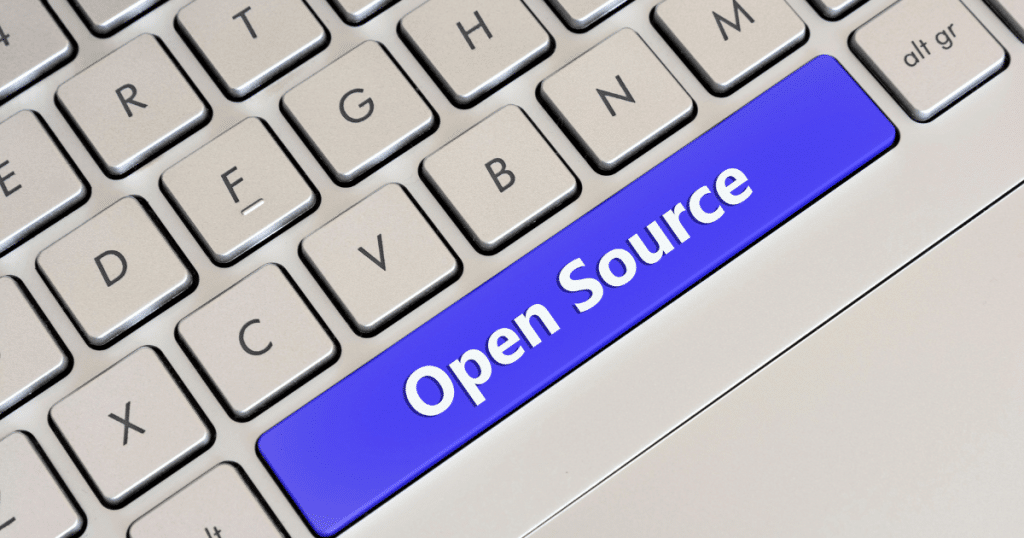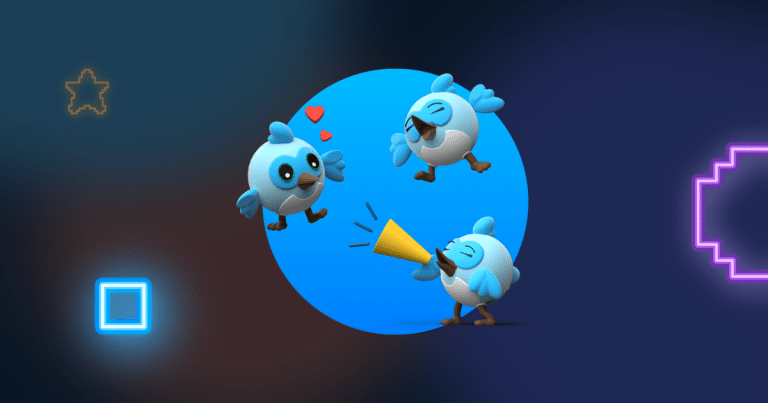On open-source as a public good, licensing missteps, and community building


Maximum customizability, data ownership, and prevention of vendor lock-in are the usual benefits of WordPress and are among the main reasons for web development agencies to pick it as their tech of choice.
However, these valid arguments miss two crucial points, according to Krešimir Končić, co-founder of web development and design agency Neuralab. The agency recently participated in WordCamp Europe (one of the many celebrations of WordPress’s 20th birthday) and brought home one of the “Open-Source Champions” awards.
All great reasons to catch Krešimir and hear his opinions on the impact WordPress has had so far, what lies ahead, the ins and outs of creating award-winning open-source communities, and, of course, the opportunities and challenges of open-source software in general.
OS code is rigorously tested across various use cases
The first often missed point, he believes, is that describing WordPress, or any other open-source software, as free is a significant misdirection and undersells its actual value. In his view, the real advantage of a system without hefty perpetual licensing costs is the ability to allocate the entire planned IT budget towards one critical aspect: creating a polished and meaningful user experience. Krešimir emphasized investing in high-quality copywriting, custom user interfaces, content architecture, proper user flows, and any necessary custom frontend or backend code.
In his opinion, open-source projects provide an “architectural peace of mind,” allowing teams to concentrate on user-centric challenges and building solutions that genuinely meet users’ needs.
The second one, Krešimir pointed out that open-source code has undergone rigorous testing across various servers, deployment processes, implementations, agencies, freelancers, enterprises, and volunteers. He believes that this extensive testing and collaboration are something that proprietary software solutions can only dream of achieving:
Take Gutenberg editor, for example – it’s currently written, optimized, and maintained by over 1,060 developers or contributors. That’s a lot of quality assurance eyeballs, and this is the production power of open source.
Clients and investors usually don’t care about this argument, which is ironic because they later always shout, “Hey, our new web admin is awesome. It just works.”
How to build and foster a community?
In 2010, when WordPress’s market share was significantly smaller, Neuralab embraced the platform’s potential. During this era, Neuralab passionately championed WordPress as a viable solution during this formative period. Agencies, product developers, and freelancers, like Neuralab, played pivotal roles in educating clients about the benefits of open-source solutions.
The widespread adoption of WordPress in both enterprise and SMB contexts was essential for attracting meaningful contributors, as projects needing more active contributors often faced abandonment. As time progressed, Neuralab expanded its involvement in the WordPress community by organizing conferences and meetups and hosting a series of WooCommerce and WordPress meetups.
Krešimir also shared his company expertise through lectures on various web development topics, contributing valuable knowledge to the WordPress community.

Winning Automattic’s Open Source Champion award represents a significant achievement for Neuralab.
One notable community-building initiative for Neuralab is their e-commerce podcast, Nominis. Another significant community pillar for Neuralab is its involvement in local WooCommerce meetups. Furthermore, Neuralab actively contributes to the open-source community by regularly publishing essays and columns across various media outlets. They tackle industry-related issues head-on and emphasize self-criticism while advocating for how the broader web community should address civic matters. Accordingly, Krešimir especially points out:
We don’t shy away from problems, so we try to double down on self-criticism and present how the web community should address civic issues. This has piled into a small library of topics, so I’m writing a book titled “Coding is the Easier Part” with a similar tone.
The importance of owning and controlling your data stack
WordPress has undergone significant evolution over the years. When considering the future of WordPress as a content management system and its role within the broader tech ecosystem, Krešimir says it’s an understatement to label WordPress as merely a web-building platform. In his view, the WordPress community plays a pivotal role in shaping and advancing the web industry.
WordPress’s influence is undeniable, with a remarkable content management system (CMS) market share of 65% and an overall web market share of approximately 42%. Krešimir believes WordPress has effectively democratized publishing, enabling individuals and businesses to function as media outlets. Furthermore, he anticipates that WordPress will continue to “democratize creation” as Generative AI models seamlessly integrate into existing content publishing workflows.
Moreover, he points out that the WordPress community has been instrumental in educating the entire market about the importance of actual ownership and control over one’s data stack. WordPress was among the early adopters of integrating privacy controls directly into the native admin experience. While WordPress has made many other contributions to the tech world, Krešimir emphasizes some critical aspects:
Matt Mullenweg famously touted in 2015. that JavaScript is the future of the web and WordPress. He was spot on, as we now observe that JS is running under the hood of most modern applications and tools. This opened the world for headless web projects for React, Angular, Vue, etc. While one could spend endless hours weighing the pros and cons of “headless,” WordPress did impact adding these types of architectures into the web industry.
Boring is cool, innovation has to be meaningful
Looking ahead to the future, Krešimir expressed genuine excitement about the upcoming developments in the Gutenberg block editor. He anticipates the implementation of real-time collaborative editing functionality akin to the features found in Google Docs.
This enhancement promises to revolutionize content creation and collaboration within the WordPress ecosystem. Furthermore, Krešimir highlighted the impending overhaul of the entire WordPress admin interface, which he views as a long-overdue and essential update.
There’s a “but”, of course. The problem with large systems like WordPress is that once they get big enough, they must become stable, robust, and backward compatible:
Every engineer knows that this means less experimentation, which hinders developers, especially those who want to work only on the latest hype.
This is the most significant pain that either PHP or WP endures, and it’s one of the reasons why we as a community need to work on educating both ourselves and the market that “boring is cool” and that innovation needs to be meaningful – and not conducted just for the sake of unquestioningly innovating.
Toxic scorekeeping is not fair, nor realistic
From the point of view of the co-founder of the agency that extensively relies on open-source tools, the most pressing challenge of the OS community today is the question of how to sustainably fund and support open-source projects, ensuring they can continue to evolve and thrive. He framed this challenge as the critical issue of “who will pay for all the pipelines?” – financial resources, human capital, attention, and effort required to advance and maintain open-source code effectively.
From an ideological perspective, Krešimir suggested that the community should contribute back to open source. However, he acknowledged that the practical aspects of how and when to give back can be complex. He referenced Matt Mullenweg’s call for community efforts to allocate “five percent” of their energy toward supporting the system. For instance, if a team consists of a hundred developers, five of them should be consistently dedicated to working on WordPress core issues.

Addressing the challenge of sustainable funding and support for open-source projects, in Krešimir’s view, requires a collective effort from the community to allocate resources and actively contribute to the continued development and maintenance of open-source tools:
The problem is that “toxic scorekeeping” – as some authors have called it – is neither realistic nor fair towards open-source contributors. Take Neuralab, for example. We don’t allocate developers to work on WordPress core, BUT we assign developers to work on various integrations and modules that give rise to the whole ecosystem.
Our PM team is working tirelessly on meetups, working with clients, and educating the market – so how do you measure the value of this?
All in all, the problem of budgeting for open source software is one the most pressing concerns for modern society – as you currently have a tremendously extensive IT system that will fall apart unless Jeremy from Ding Dong (Texas) pushes a bug fix on his popular open-source JavaScript library.
Open-source software as a public good
He proposed that society should begin viewing open source projects as public goods, akin to essential infrastructure such as roads, trees, and water. While these public goods are often taken for granted, governments and non-governmental organizations (NGOs) actively manage, fund, and maintain them. Krešimir emphasized that a similar mindset should apply to open-source software to some extent.
This would involve recognizing the importance of these projects to the broader community and providing the necessary resources and support to ensure their sustainability. Secondly, Krešimir highlighted an issue related to budgeting and resource allocation within the open-source community. He mentioned that he closely monitors the Ethereum community’s approaches, particularly quadratic funding and Gitcoin grants, as potential solutions to this problem.
These mechanisms can serve as realistic budgeting tools for future open-source software endeavors. By leveraging these innovative funding models, open-source projects can secure the resources needed to continue development and maintenance while maintaining a fair and decentralized approach to support.
Terraform was sloppy and dishonest
Commenting on the recent controversy surrounding Terraform’s license change, Krešimir highlights that there are alternative strategies if the goal is to limit direct competitors and their commercial use cases. He pointed to Meta’s approach with Llama 2, a large language model, where they chose to open source it while requiring a special license from Meta if the model is used in an application with more than 700 million monthly users. This approach balances open-sourcing the technology and protecting against certain commercial use cases.

The lessons from such incidents revolve around carefully considering licensing strategies that align with the project’s goals and target audience. Open-source software creators should assess their options to protect intellectual property while embracing open-source development’s collaborative and community-driven nature.
The Terraform issue was a sloppy planning operation and a dishonest messaging case. Unity had the same problems, which they corrected based on the massive community outburst. Marc Whitten (Unity Create lead) wrote an apologetic letter toward the ecosystem and offered more granulated and thought-out license distinctions.
Unity crew even provided a calculator for estimating the tooling cost of your project’s success. Other OS projects could pick up this Unity story and learn from it – avoiding future licensing community fires.
Security and reliability: Open-source beats proprietary
In addressing concerns about security and reliability when using WordPress for client projects, Krešimir highlighted the inherent advantages of large open-source projects, which benefit from a vast global community of contributors, providing a high level of quality assurance.
All investors want to make their project as future-proof as possible, but here’s the thing – open source beats proprietary software at this game by a long shot:
Think about it: the worst end-game scenario of using open-source software is that you need to fork it.
The worst end-game scenario of using proprietary software is that you’re de-platformed and need to do a complete project overhaul. And all that on someone else’s dictated timeline.



